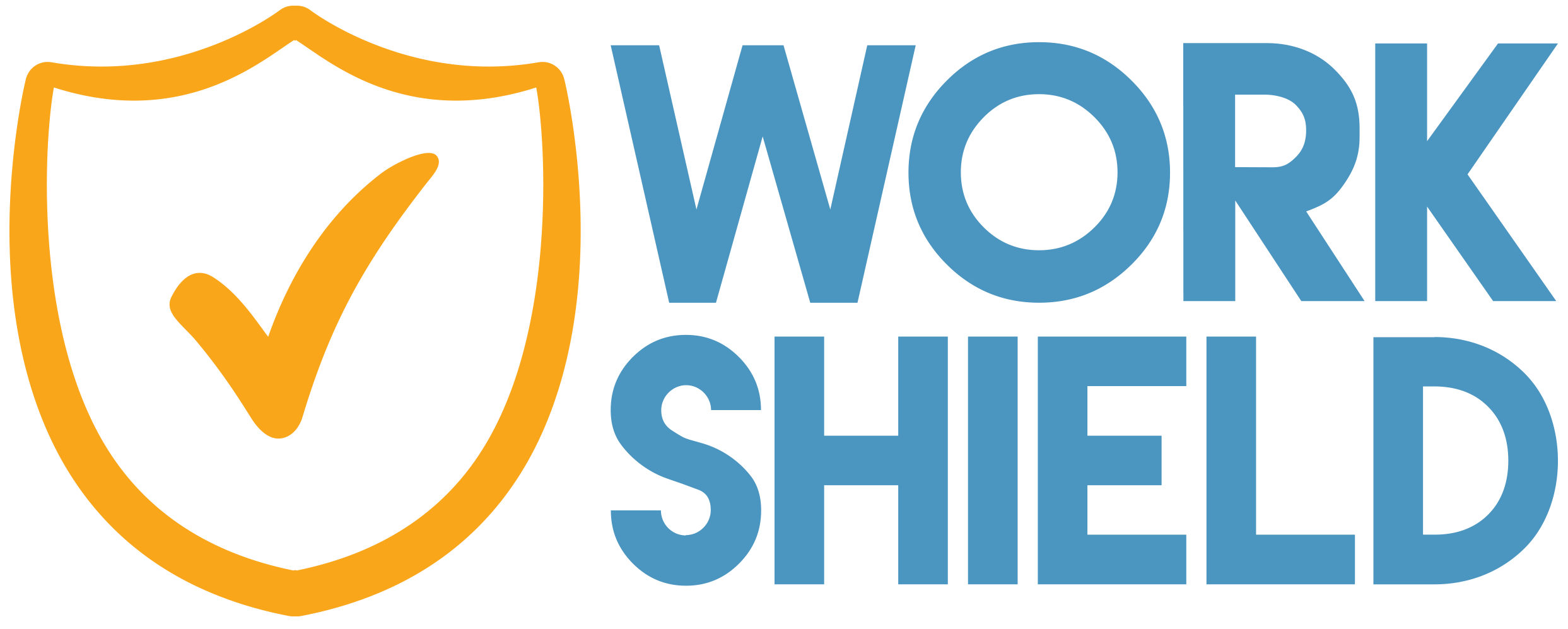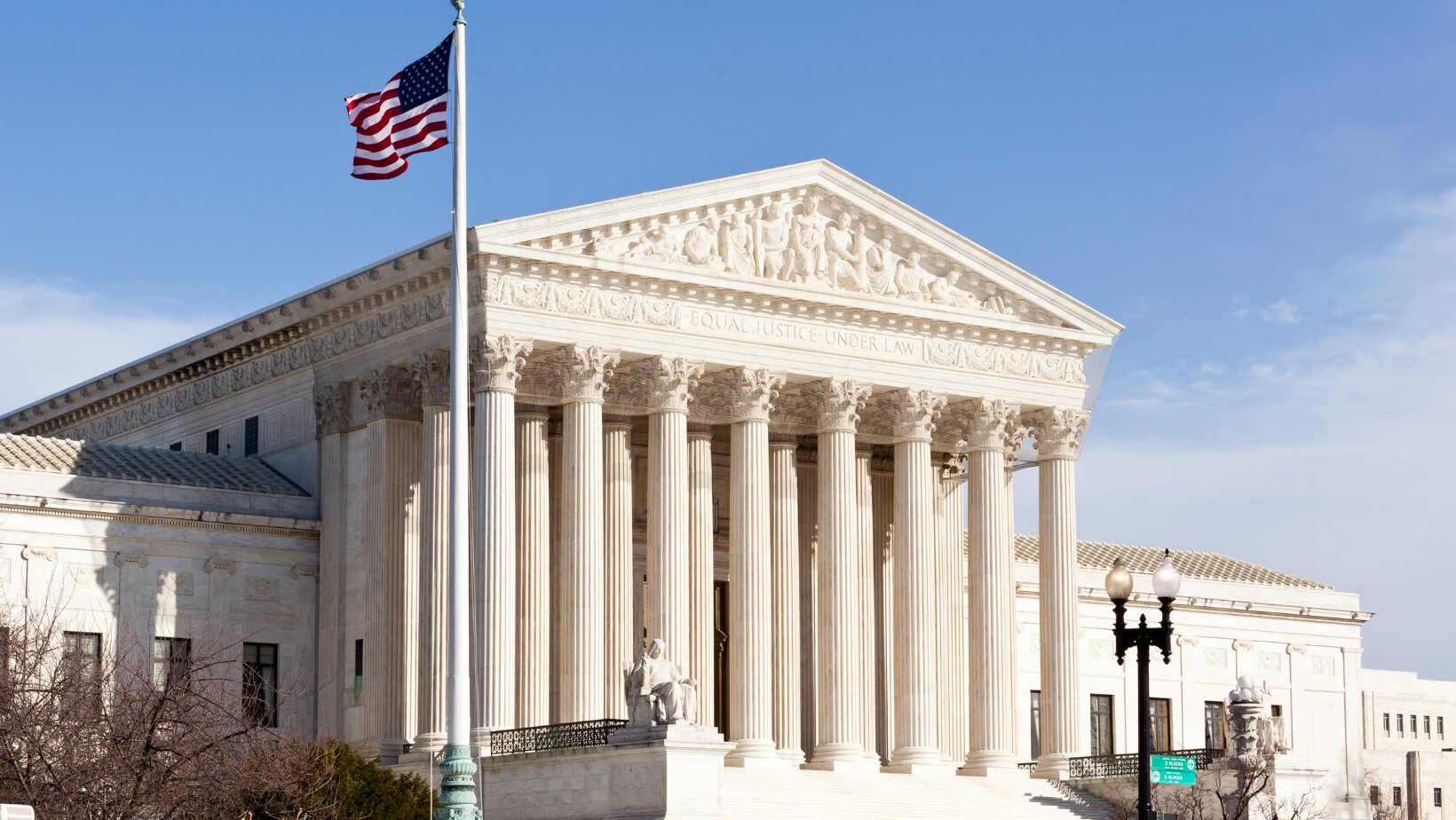Workplace incivility is on the rise in workplaces around the world, and it can impact virtually every aspect of an organization. In a poll conducted by the Harvard Business Review, 98% of employees shared that they had experienced incivility in the workplace. In response to that experience, 48% intentionally decreased work efforts, 47% decreased time spent at work, 66% said their performance declined, and 78% shared that their commitment to their organization declined.
Incivility harms the employee experience and their performance and also hurts organizational success, decreasing productivity and success rates. If it progresses beyond incivility into misconduct, it can also become a costly issue for organizations that are unprepared to handle potential litigation and reputational damage. As organizations look ahead to 2024, incivility should remain top of mind, ensuring workplace culture is healthy, happy, and successful.
What is workplace incivility and how to identify it.
Incivility can take many forms in the workplace. Examples of incivility include behaviors such as rudeness, belittling team members, pointing fingers at mistakes, or taking credit for other team members’ work. In general, incivility is a form of disrespecting others within the organization. These behaviors can be blatant and bold, such as hurtful feedback to team members. They can also be more subtle and harder to pinpoint, such as being unresponsive or not acknowledging team members’ presence.
What causes incivility?
In any organization, responsibility flows from the leadership at the top and down throughout the rest of the team. Passive leadership, as well as a culture infused with a bystander mentality, can be a leading cause of incivility. Bystanders are individuals who witness uncivil workplace behavior and instead of intervening or reporting the issue, they allow it to happen. This response reinforces to both the victim and perpetrator that uncivil behaviors are tolerated within an organization, giving them a pass to continue with the behavior. Organizations will struggle to maintain a positive and healthy workplace culture without a strong leadership stance against incivility, coupled with strong policies, processes, and reporting methods.
How can organizations address incivility?
Acknowledging the presence of incivility within an organization marks the first step towards its resolution. By recognizing incivility issues within an organization, business leaders can take the necessary steps to remedy the effects of an uncivil environment. Showing appreciation is a key opportunity to remove incivility from the workplace. By having team members at every level of an organization, but particularly at the leadership level, express their genuine appreciation for others, organizations can promote civil behaviors and further build workplace culture. Opportunities to do this could be through team member shoutouts or callouts during meetings, calls, or elsewhere. Leadership team members could also write handwritten notes, expressing appreciation and acknowledging others contributions to the organization.
Another opportunity is to reinforce the importance of workplace civility during the hiring process. As organizations remove incivility, it’s important to ensure new team members maintain a civil and healthy work environment. In order to understand these types of behaviors in the hiring process, organizations should consider evolving hiring practices to ensure new additions to the team would promote civil behaviors and a positive environment. This could involve conducting group interviews to allow for multiple perspectives on a candidate and spotlight individual behaviors when presented in a non-traditional interview environment. It could also incorporate surveys to understand individual behaviors on a deeper level.
In addition to these measures, it’s also important that organizations have policies and processes in place to prevent workplace incivility from progressing into misconduct, which can be costly for organizations. Solutions like Work Shield’s third-party misconduct solution ensure that employees who experience behaviors like incivility or workplace misconduct have a safe and secure platform to report such incidents. Investigated incidents undergo a comprehensive and impartial inquiry, resulting in prompt resolution recommendations. Work Shield also provides real-time visibility so organizations can understand what types of misconduct are most prevalent along with the ability to identify trends such as locations, teams, or departments that may have higher rates, allowing for data-backed decision making on resources to prevent future issues.
Additionally, to strengthen an organization’s defense against workplace incivility, it is essential to establish and reinforce clear codes of conduct. If an organization does not currently have a code of conduct in place, it is highly advisable to consider implementing one. A code of conduct serves as a compass, guiding team members on expected behavior within the workplace. Even if a code is already established, it’s crucial to assess when team members last acknowledged it. An effective strategy is to have employees formally acknowledge their awareness of the code and their commitment to upholding it. This can be achieved through a simple sign-off or acknowledgment form, underscoring their understanding of expected behaviors and the consequences for deviating from them. By incorporating these proactive measures, organizations can establish a foundation for a civil workplace culture and significantly reduce the risk of incivility taking root.
As 2024 approaches, incivility will continue to be prevalent in organizations that do not proactively take steps to improve their workplace culture. By proactively implementing processes that promote civil behaviors and protect employees and employers, organizations can ensure healthier and more civil work environments, which, in turn, will drive organizational success.
Learn more about Work Shield’s full-service misconduct solution.





